John Muir Trail Adventure Journal: Day Nine
Evolution Basin to Deer Meadow
Approximately 19.3 miles. Cumulative: 140.8 miles.
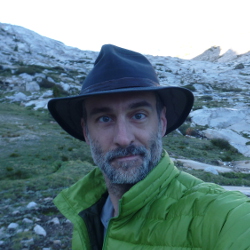
Morning in the Evolution Basin was incredible. I dare anyone to wake up here and not be amazed.
You might be wondering why it’s called the Evolution Basin. In honor of the then-burgeoning science of evolution, Theodore Solomons, the man who dreamed up the idea if the John Muir Trail and thoroughly explored the Evolution Valley, named all the surrounding peaks after the pioneers of evolutionary (Lamarck, Mendel, Darwin, Spencer, Huxley).
I studied the works, hypotheses, and theories of all those guys in college, so, despite the fact that I knew these peaks existed long before some dead white guy arbitrarily named them after other dead white guys, I was pleased to be in their shadows.

This was a long day on the trail with many variations in terrain. I started out the morning by crossing the Evolution Lake inlet, skipping across the rocks and heading toward Muir Pass and the sheltering stone hut at the top.
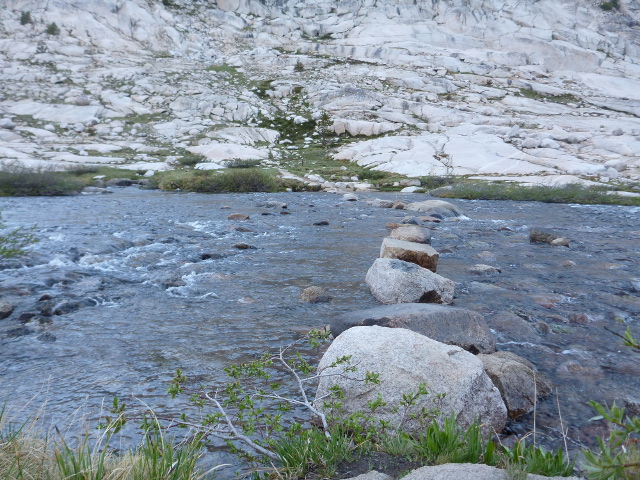
But first I had to continue my journey through the Evolution Basin. The place continued to amaze. Every lake was more idyllic than the one before it. Seriously, this is some massively beautiful scenery. It’s hard to get here — it takes about two (if you’re fast) or three days worth of hiking from any sort of civilization. Most people won’t ever see this with their own eyes.

As I walked by Wanda Lake, named after John Muir’s eldest daughter, the need to go to the bathroom struck. Something fierce. I hadn’t had this particular urge since Vermilion Valley Resort, so I was past due for a visit to the loo.
So I climbed up the side of the slope overlooking the lake; dropped my pack; quickly dug a hole; scrambled to get out the toilet kit before, well, you know; and let it rip. Such a basic human function, but somehow it never got any easier out here.
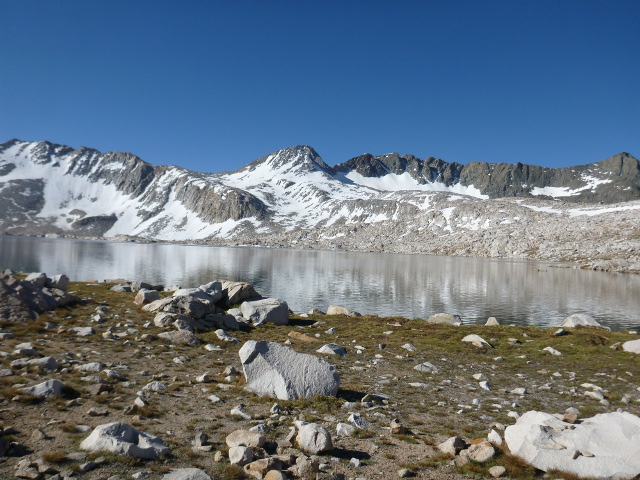
I could make out the silhouette of the stone hut atop Muir Pass as I climbed up through the scree and a few isolated snowfields. It’s a fantastic little structure, dedicated to John Muir, and solidly built to protect travelers from the sudden onset of inclement weather. Despite the fact that the hut is here, camping is not allowed on the pass because of human waste issues (see above), so you can’t sleep inside, but it looked mighty cozy when I poked my head in.
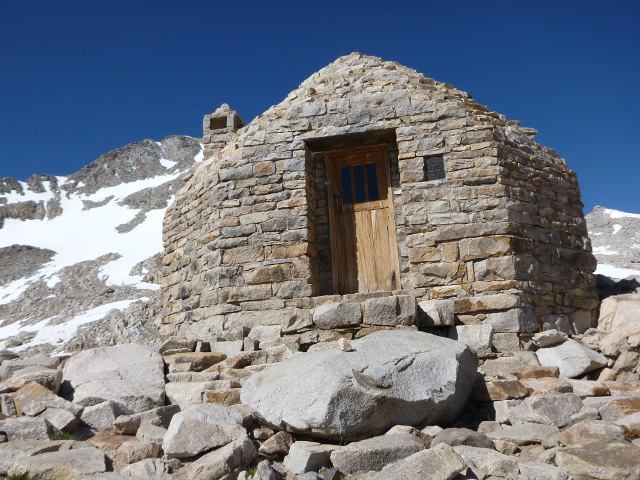
I was surprised to see two people sitting inside the hut. Mama Bear and Monkey (I’ve written about meeting them before), a mother-and-daughter hiking team had stopped here for a moment to apply sunscreen. They were taking on the Pacific Crest Trail together. Monkey, the daughter, who was only eight years old at the time, was looking forward to seeing the frogs at Wanda Lake. Her positive energy was infectious, and I left the hut feeling great.
I had dropped my pack outside, and found the marmot who lives at Muir Pass, an opportunistic critter if there ever was one, eying it up. I got to it before any damage could be done and headed down the eastern slope of Muir Pass. I stopped and filled up a bottle with cold and refreshing water right before Helen Lake, named for John Muir’s other daughter. No word on any frogs here.
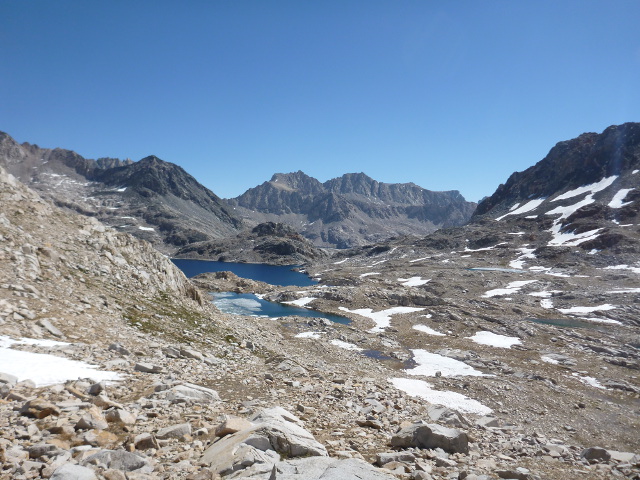
Everyone I talked to along this stretch of trail (at times I felt like I was the only one who hadn’t hiked here before) was amazed at how little snow there was, especially on the eastern side of Muir Pass, which is typically buried in snow well into the summer months. That was definitely not the case this year. There was a little snow, more than in any other pass (even Silver Pass, which I’d cleared six days prior), but it was still very slight.
As the trail descended through the rocky fields after Muir Pass, it disappeared every so often. I had to dead reckon my way along, looking for signs (like rock cairns) of where to go.

I encountered a few hikers coming the other way who were experiencing the same challenge. When you’re experiencing trouble on the trail, it’s always a bit of a relief to know you’re not alone.
As I descended from the pass, the trail felt more like a highway than a secluded mountain path. I met about 50 north-bound PCT hikers that day alone, more than all the other days combined.
I talked to a hiker who had come down from Mather Pass, (the next pass after Muir Pass, which I was expecting to clear the following morning). She told me it wasn’t too bad and how spectacular the Palisade Lakes were. We wished each other luck, and as I walked on, I wondered to myself if they could be as spectacular as the Evolution Basin. I was looking forward to finding out.
I also met Shutterbug and North Star, a couple hiking together (they gave me a card so I could check their photos); a nice gent who went by the trail name of Scrambled Eggs; and a fellow who needed more AquaMira, but only solution A (the two solutions that mixed together to purify the water are labelled A and B). He told me A always went faster for him. I seemed to have more than enough to get me to the end of the trail, so I gave him 28 drops (4 doses).
In addition to all the hikers, the varied terrain of the the trail made for kind of an odd kind of day. The trail alternated between lush meadows, barren rocks, and cool forested sections, and I was never very far from a river flowing along my right-hand side — first the Middle Fork of the Kings river that flowed out of Helen Lake and then Palisade Creek, which flowed down from the Palisade Lakes.

When I got to the junction of the Middle Fork of the Kings River and Palisades Creek, the trail tuned to the east. The so-called Golden Staircase was a few miles down the trail, but I wasn’t going to make it there before I had to make camp. Now that I was back down around 8,000 feet, the mosquitoes returned, but nowhere near as bad as they were at Sallie Keyes Lakes.
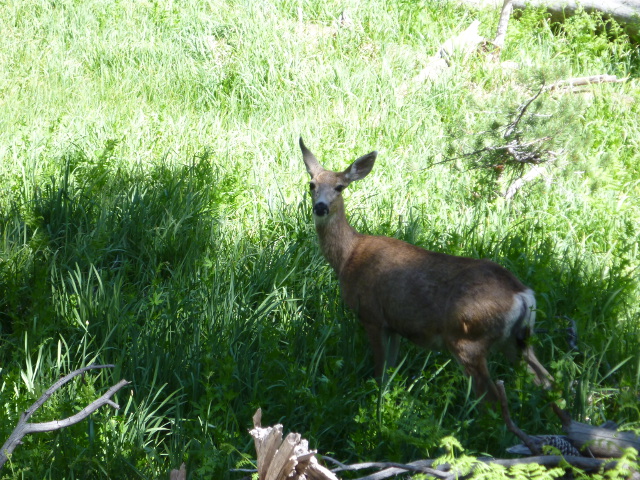
I made camp art Deer Meadow, and that seemed to be a popular spot. When I got there, three guys were already sitting around a fire, and shortly after I started dinner, two ladies entered and set up camp. We were all south-bound John Muir Trail hikers, the first I’d met since I’d left VVR. A few minutes after I finished cooking, a north-bound hiker looked around but decided it was too crowded and kept moving on. This was the busiest camping spot I’d have on the trail.
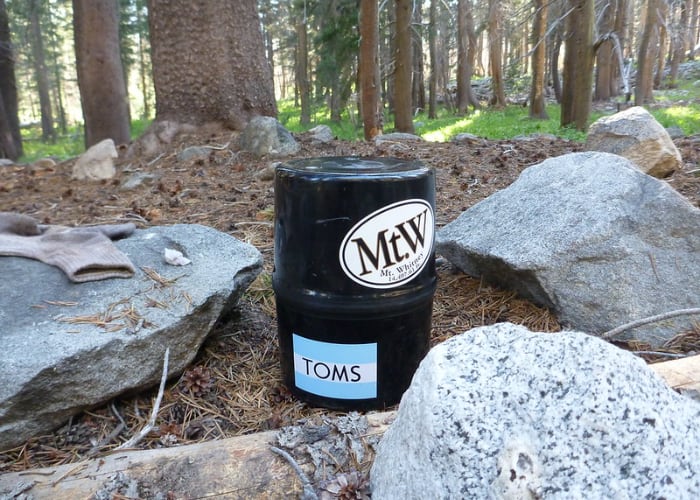
As the sun and temperature dropped, mosquito intensity increased a little. The three guys offered to share their fire with me. I thought about it, but decided to skip it. I wanted to get to sleep a little early; I had two two tough climbs to look forward to tomorrow, first up the Golden Staircase and then up Mather Pass to an altitude of more than 12,000 feet. That meant about 4,000 feet of gain in something like eight miles. I was going to need to be rested.
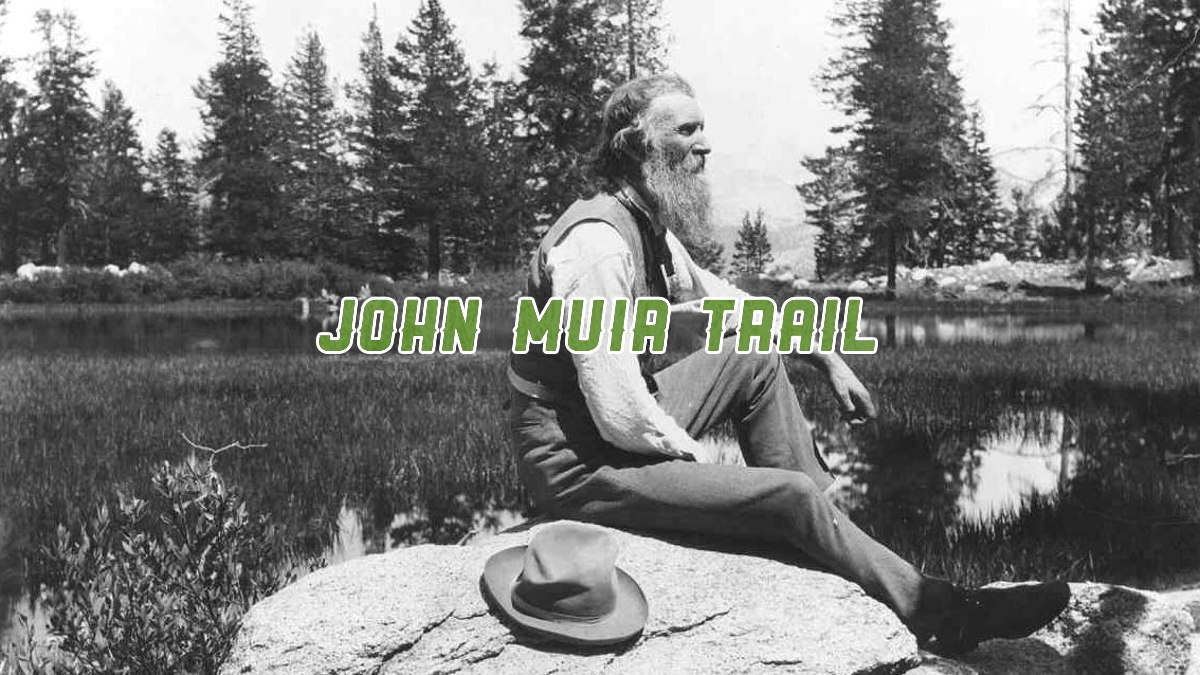
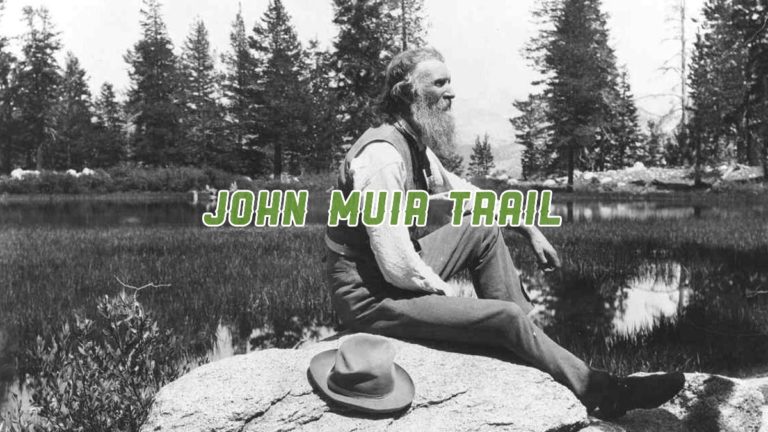
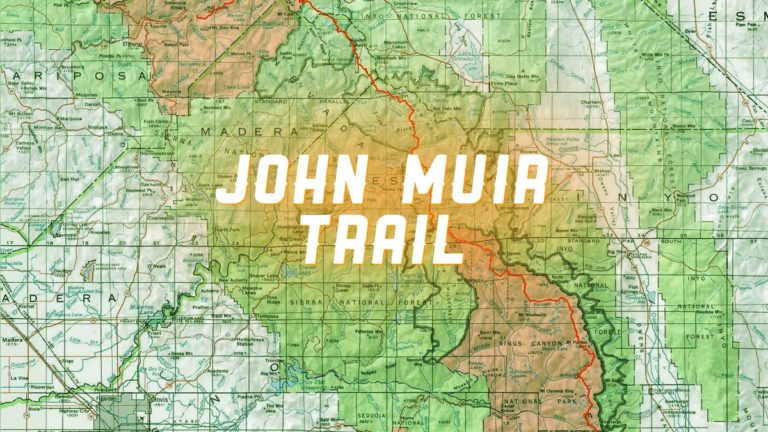
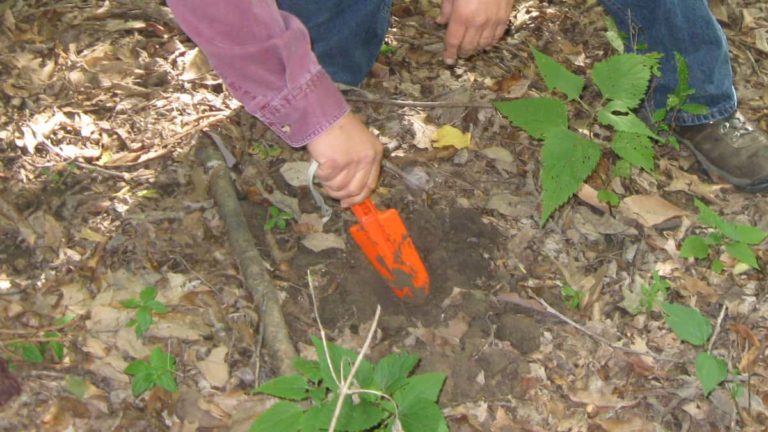
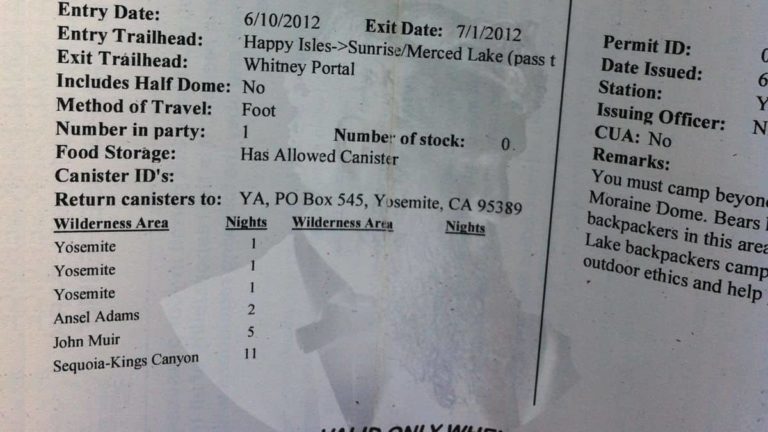
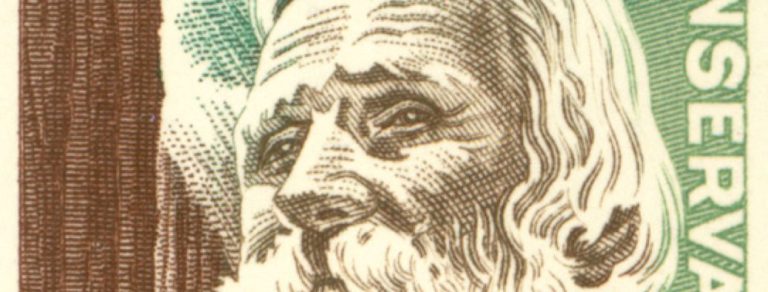
Love your pictures and commentary! I walked the JMT in 2001 and now it feels like yesterday thanks to you.
That’s great to hear, thanks! It sure is a walk that really stays with you.